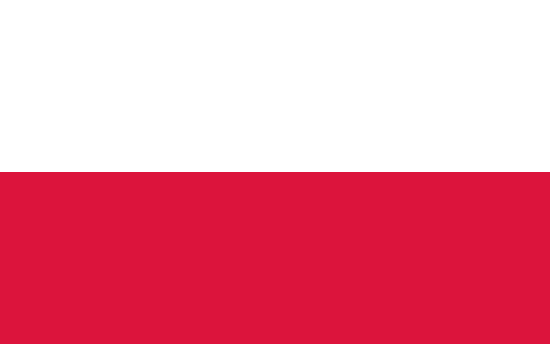"Warszawa da się lubić | Warsaw can be liked"
About:
Warsaw, Poland's capital, was first established as a fishing village in the 9th century. It became a city in the 13th century and Poland's capital in 1596. The city experienced significant growth and cultural development in the 16th and 17th centuries. Warsaw was devastated during World War II but was largely rebuilt in the post-war period. Today, it is a bustling metropolis and important economic, political, and cultural hub in Central Europe.
When to visit:
Warsaw, the capital city of Poland, experiences a continental climate with distinct seasons. The ideal time to visit Warsaw for a holiday is during the late spring and summer months, from May to August, when the weather is mild and pleasant. During this time, you can enjoy outdoor activities, explore the city's numerous parks and gardens, and attend various cultural events and festivals. It is advisable to avoid visiting Warsaw during the winter months, as the city can experience cold temperatures and snowfall, which may limit outdoor activities and sightseeing opportunities.
When to avoid:
The worst time to travel to Warsaw, Poland on a holiday is during the peak tourist season, which typically falls in the summer months of July and August. During this time, the city experiences high temperatures and increased crowds, making it difficult to fully enjoy the attractions. Additionally, prices for accommodations and activities tend to be higher during this period. Travelers looking to avoid the crowds and save money may want to consider visiting Warsaw during the shoulder seasons of spring or autumn when the weather is milder and the city is less busy.
Winter (Dec-Feb)
Winter in Warsaw, typically from December to February, is the coldest season. Average temperatures range from -2°C to -6°C, with occasional drops below -20°C. Snowfall is common, creating a picturesque white landscape, but can cause travel disruptions. Daylight hours are limited, with the sun setting as early as 3:30 pm in December. Cloud cover is prevalent, making for a grey skyline most days. Visitors should expect to bundle up and enjoy indoor activities, with the occasional snowy day perfect for a winter walk.
Summer (June-August)
In Warsaw, the warmest part of the year is typically from June to August, known as the summer season. During this time, the average high temperature ranges from 22°C (72°F) to 25°C (77°F), with July being the hottest month. The average low temperature ranges from 12°C (54°F) to 15°C (59°F).
Rainfall is quite frequent in summer, with June being the wettest month of the year, receiving an average rainfall of about 85mm. However, the rain usually comes in short, heavy bursts rather than prolonged showers, so there are still plenty of dry periods.
The summer season in Warsaw is characterized by long, sunny days, with an average of 16 to 18 hours of daylight per day. However, humidity can be relatively high, often reaching up to 80%, which can make the heat feel more intense.
Cloudiness varies, but generally, the summer months are the least cloudy time of the year. You can expect a mix of clear, partly cloudy, and overcast days.
For a visitor, a typical summer day in Warsaw feels warm, if not slightly hot, especially in the afternoon. Mornings and evenings are more comfortable, temperature-wise. There might be a sudden rain shower or thunderstorm, especially in June, but it usually doesn't last long. The long daylight hours provide ample time for sightseeing and other outdoor activities. Despite the occasional humidity and rainfall, the overall weather is quite pleasant and conducive for tourism.
Language:
The primary language spoken in Warsaw, Poland's capital, is Polish. As the country's official language, it is used in government, education, and media. English is also widely spoken, particularly among younger generations and in business settings. Additionally, due to historical ties, some older residents may speak Russian.




